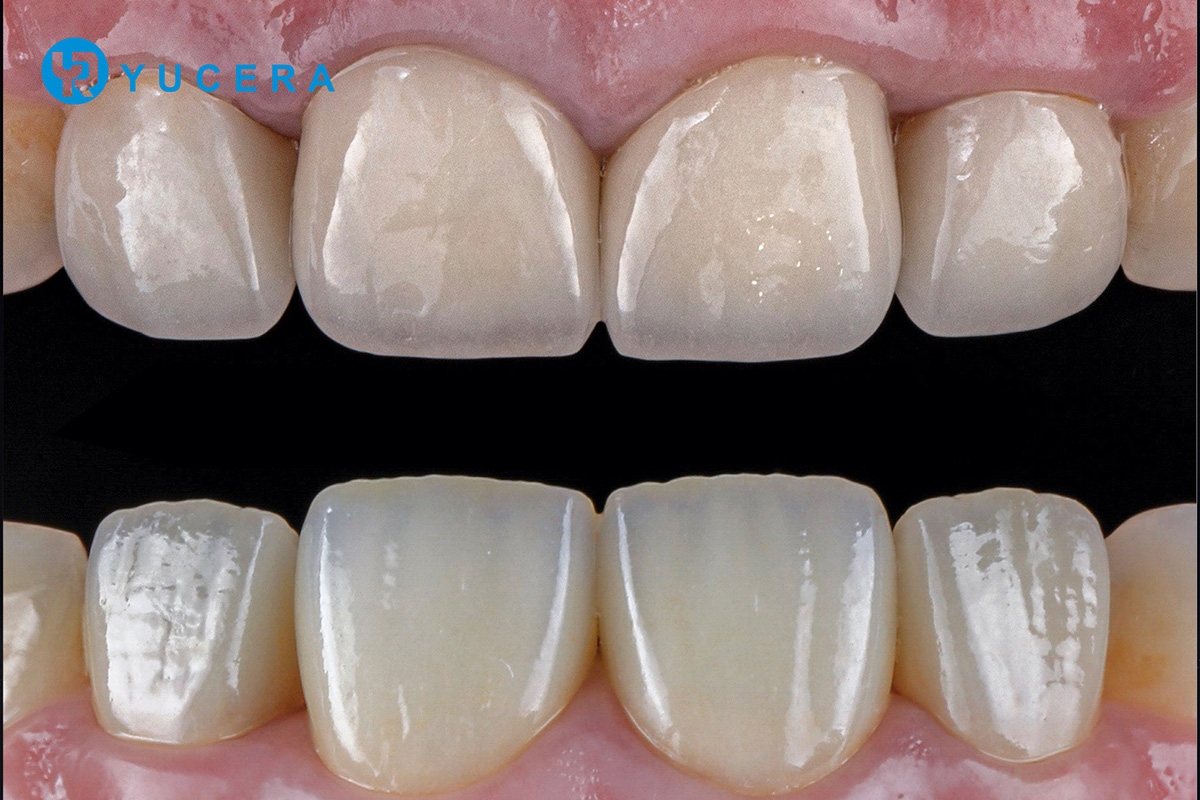Understanding Dental Impression Scanners
2024-07-07
2024-11-15
In life, we often encounter a variety of oral problems, and oral restoration, as an important dental technology, brings the hope of regaining a perfect smile and a healthy mouth.
I. Importance of oral restoration
Restorative dentistry is not just about aesthetics, but also about restoring and maintaining oral function. Missing, damaged or malformed teeth not only affect the basic functions of chewing and pronunciation, but may also have a negative impact on psychology and socialization. Through oral restoration, these problems can be effectively solved to improve the quality of life.
II.The common oral restoration methods
Porcelain teeth
Porcelain dentistry is a common oral restoration method. It consists of a metal inner crown and an outer layer of porcelain material, which has good aesthetics and strength. Porcelain teeth can be used to repair tooth loss, discoloration, deformity and other problems, can be perfectly integrated with the surrounding natural teeth, restore the appearance and function of teeth.
All-Ceramic dentures
An all-porcelain tooth is a restoration made entirely of porcelain. It is more aesthetically pleasing and biocompatible, and does not cause irritation to the gums or problems such as metal allergies. All-porcelain teeth are suitable for patients with high aesthetic requirements and excel especially in front tooth restorations.

Removable denture
Removable denture is a kind of restoration that can be removed and worn by oneself. It is suitable for multiple missing teeth and can restore the patient's chewing function and aesthetics. It is relatively easy to make and affordable, but requires a certain period of adjustment for the patient.
Dental implantsDental implants are a more advanced oral restoration method. It restores missing teeth by implanting an artificial tooth root in the alveolar bone and installing a crown on the root. Dental implants have the appearance and function similar to natural teeth, high chewing efficiency, long service life, is currently one of the ideal oral restoration.
III.Considerations for choosing oral restorations
Oral condition
Different restorations are suitable for different oral conditions. When choosing a restoration, you need to consider the number of missing teeth, location, alveolar bone condition and other factors. For example, for patients with severe alveolar bone atrophy, bone augmentation surgery may be required before choosing dental implants.
Aesthetic requirements
If aesthetics are a high priority, you can opt for restorations such as all-porcelain or dental implants. These restorations are able to blend in perfectly with natural teeth for a natural-looking result.

Affordability
The price of different oral restorations varies greatly. When choosing a restoration, you need to consider your financial strength. Removable dentures are relatively less expensive, while high-end restorations such as dental implants are more expensive.
Doctor's advice
Restorative dentistry is a highly specialized treatment that needs to be chosen under the guidance of a doctor. Doctors will provide patients with personalized restorative solutions based on factors such as the patient's oral condition, aesthetic needs and financial strength.
IV.The precautions after oral restoration
Keep your mouth clean
After oral restoration, you need to pay more attention to oral hygiene and keep your mouth clean. Brush your teeth every morning and evening, use dental floss and mouthwash, and have regular oral checkups and cleanings.
Avoid biting hard objects
Although restored teeth have a certain degree of strength, you still need to avoid biting hard objects to avoid damaging the restoration. Also, be careful to avoid chewing too hard to avoid damage to your teeth and gums.
Regular checkups
After oral restoration, regular review is needed to detect and deal with problems in time. The doctor will adjust the restorations regularly according to the patient's condition to ensure the stability of the restorations.
Click to learn more: /materials/